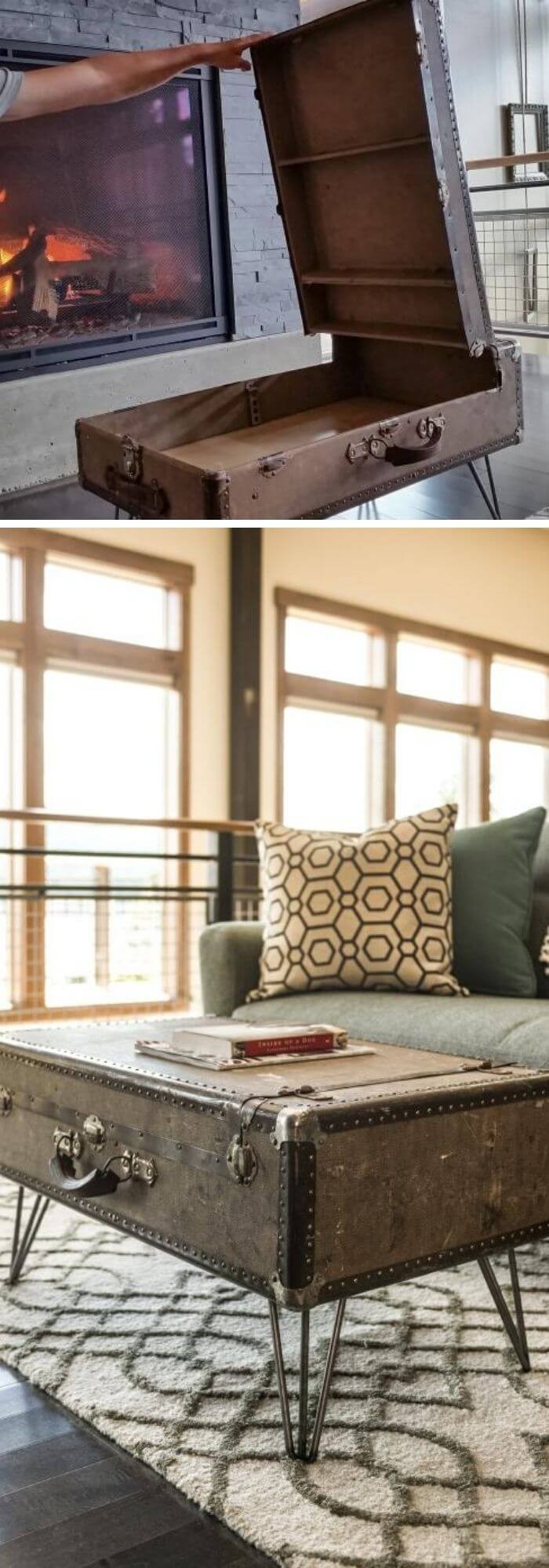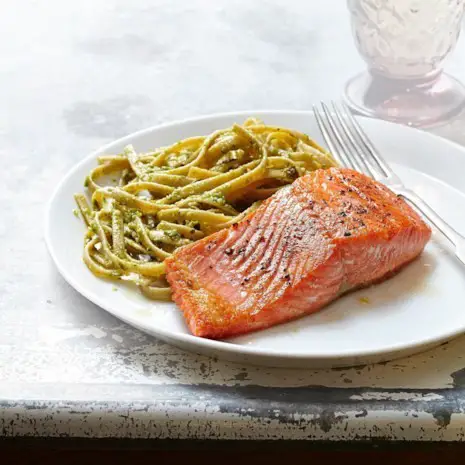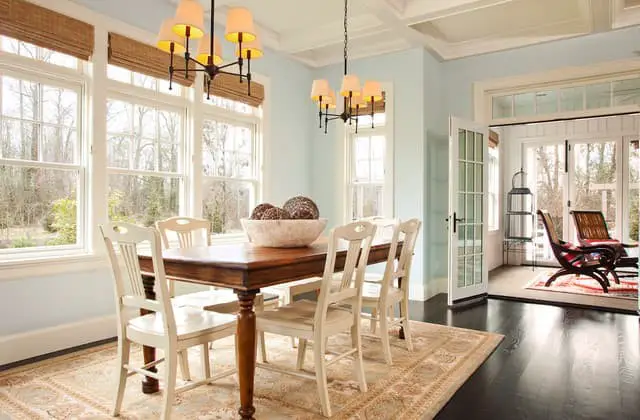Container Gardens For Kids: Weekend Gardening Project For Children
Container gardening is a fantastic way to bring the joy of gardening into your home, regardless of the space you have available. With just a few simple steps, you can create a thriving garden in containers that will delight children and adults alike. Whether you’re living in an apartment, house, or even camping with the kids, container gardens can be a fun and rewarding experience.
At its core, a container garden is any planting done in a flower pot, which can come in a variety of shapes, sizes, and materials, from terra cotta to decorative planters. In this article, we’ll explore not only how to get started with container gardening for kids but also some creative and unconventional ideas for containers themselves.
How to Start Container Gardens For Kids
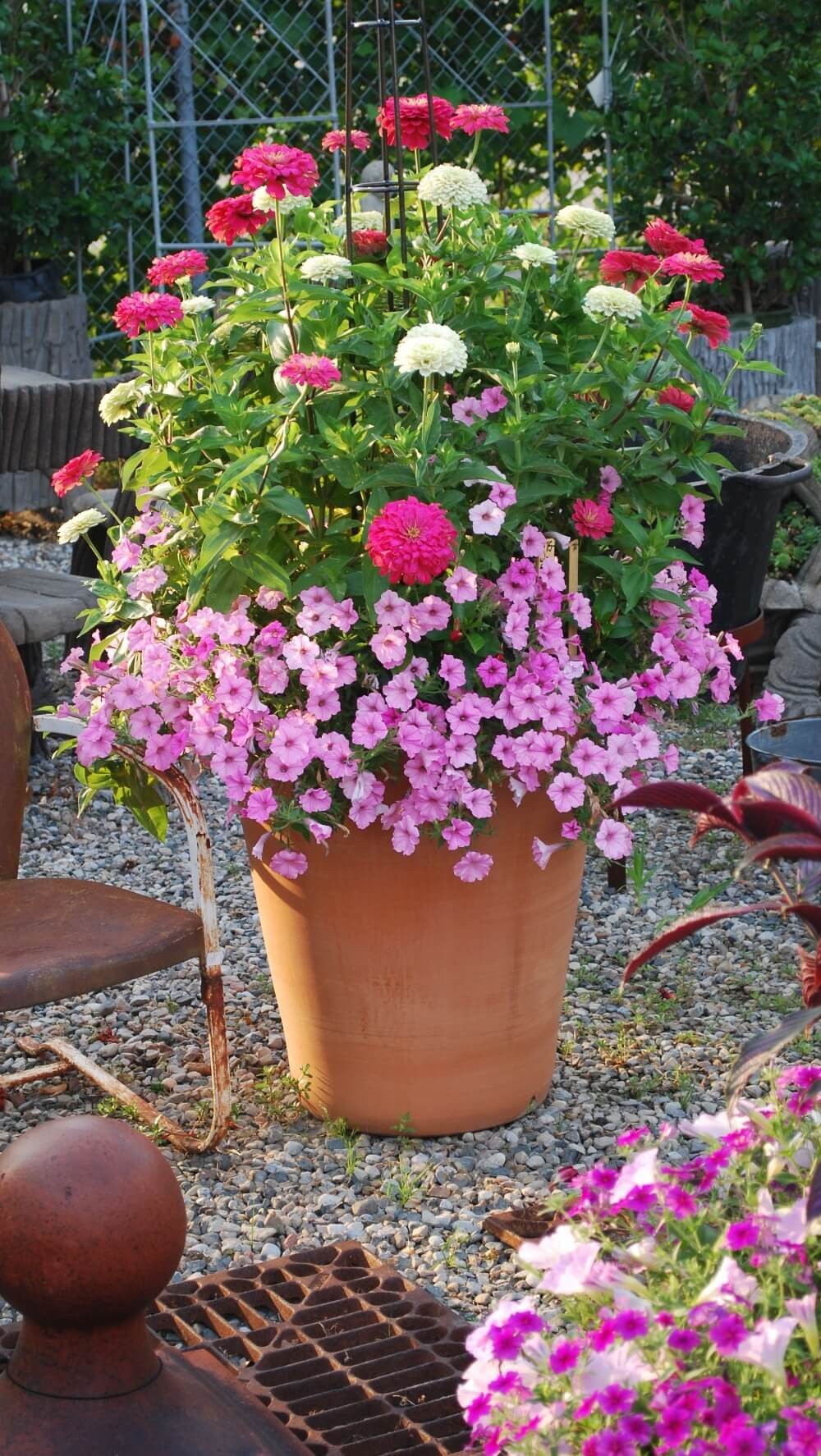
To embark on a container gardening adventure with your child, begin by visiting the local public library or browsing through seed catalogs. This will spark inspiration and provide an opportunity to research different types of plants that can thrive in containers. Look for books and catalogs featuring colorful images of various flowers, shrubs, and trees that can be grown in pots.
When selecting plants, consider choosing fast-growing varieties over larger ones like trees and shrubs, which may require more patience from your child. Flowers are an excellent choice, as they can provide a vibrant display and encourage the child to participate in the process. Some flowers that continue to bloom throughout the summer include zinnias, moss rose, petunias, impatiens, snapdragon, and cyclamen.
If you want to attract hummingbirds to your container garden, consider plants like coral bells. Choose species that respond well to sunlight and require regular watering. Watering is an essential part of container gardening, and it’s a great opportunity for your child to get involved. To start your project, gather the necessary materials, including a gardening book, pot or container, soil, small stones or gravel, a watering can, and a sunny spot.
You can either purchase a packet of flower seeds or choose plants that have already been started in pots and are ready to be transplanted into your own containers. Consider starting with small, young plants that have buds and few flowers, such as strawberry plants, marigolds, or pansies. This will allow you to enjoy the fruits of your labor sooner. You can also combine seeds and established plants in a single container, so you can appreciate the progress while waiting for the seeds to sprout.
To add visual interest, plant similar types of plants with colors that complement one another, such as red and yellow. Bulbs like tulips, caladiums, gladiolas, and daffodils are also fun to grow in containers. Miniature vegetables like peppers and salad tomatoes can provide an exciting addition to your container garden.
Ideas for Unusual Containers
Get creative with your container selection! While traditional planters and pots will do the trick, why not think outside the box (or container)? Repurpose an old boot, pair of dilapidated tennis shoes, punctured watering can, or other unusual vessel to add a touch of whimsy to your garden. Kitchen items like pickle crocks, pans, and buckets can also be repurposed as planters.
For a charming display on your porch, consider using metal garden containers, wooden box planters, or even an old child’s wagon. Don’t forget to scour Grandma’s barn, thrift stores, or garage sales for hidden gems that can become unique planters for your small flowers.
Prepare Your Container and Plant Your Garden
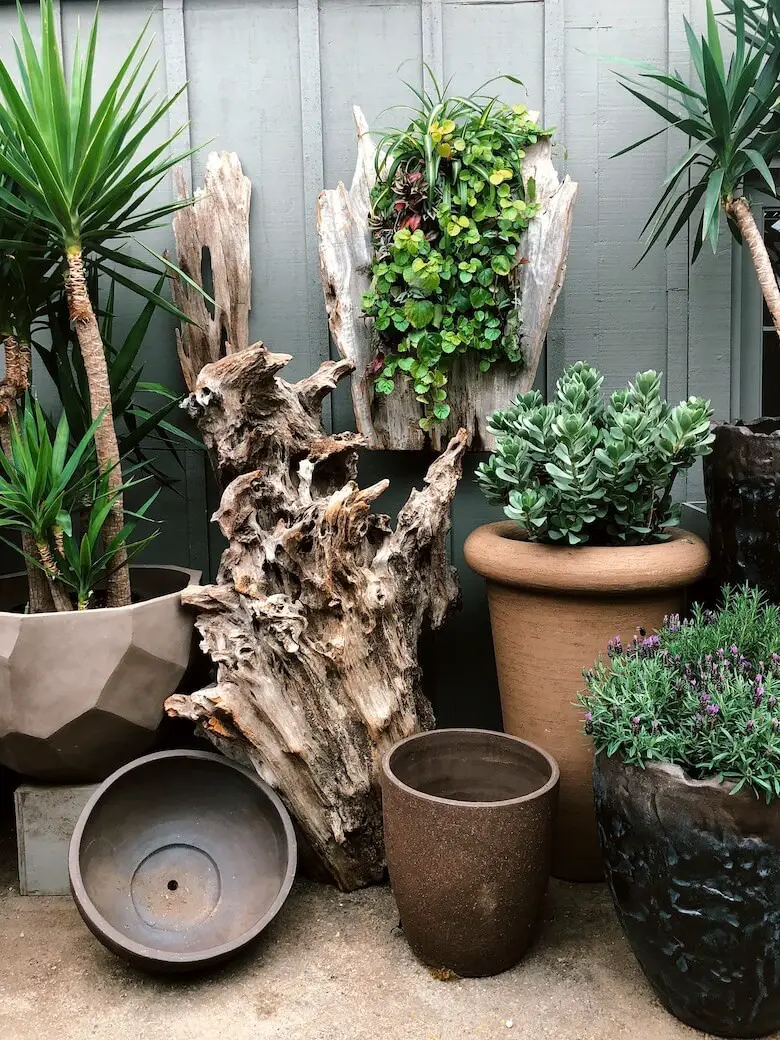
To create an optimal environment for your plants to thrive, start by creating drainage holes at the bottom or sides of the container. Next, line the interior with a layer of materials like pottery shards, gravel, or stones that will facilitate water runoff. Then, fill the container approximately two-thirds full with potting soil or garden soil if you have access to a flowerbed. Thoroughly stir and mix the soil to cultivate and aerate it, as compacted soil can hinder root growth.
Create a small hole in the center by transferring dirt from that area, then gently place your small plants into their new home. Make sure not to disturb the plant roots, instead leaving them intact and covering them with soil. Fill in around the roots and base of each plant, applying gentle pressure with your fingers. Finally, water the plants thoroughly and place them in a sunny spot for optimal growth. For seeds, fill the container with potting soil and plant them at the recommended depth.
Water well and position the containers in a warm, sunny area to encourage germination.
A Gardener’s Journal
As you tend to your container garden, consider keeping a gardener’s journal to document its progress. Start by recording the planting date, the specific plants that were added, and any notable weather patterns – such as sunny or warm days. Make a note when the first sprouts appear and track growth, harvests, and any changes you notice in your plants over time.
This will not only help you keep tabs on your garden’s development but also provide valuable insights into what works well for your specific container garden setup. By doing so, you’ll have fun while learning about gardens, soil, and the intricacies of nurturing life.
Container Garden Ideas For Kids
#1. Grow a Garden in an Eggshell
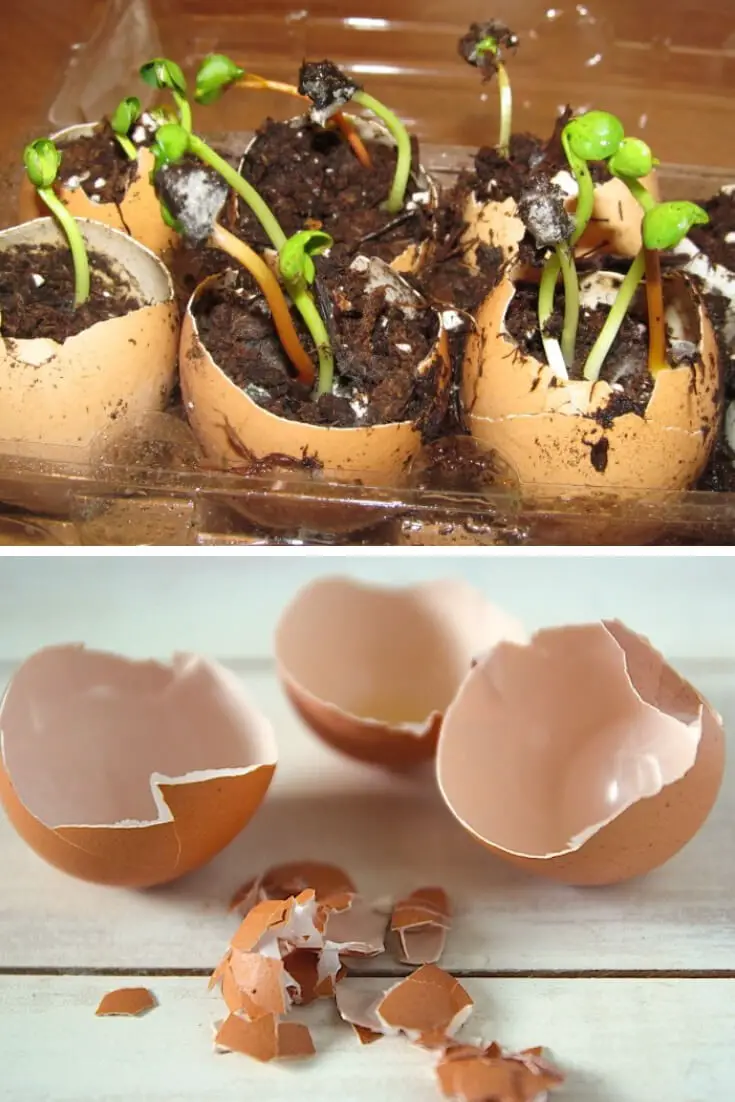
#2. Upcycled soda bottle planter
#3. Growing Garlic Greens in a Can
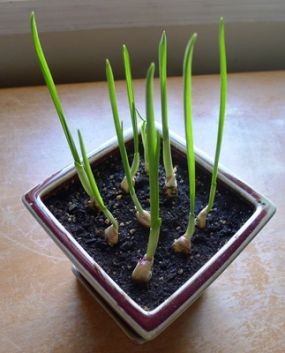
#4. Milk Jug Planter

#5. Turtle Herb Planters
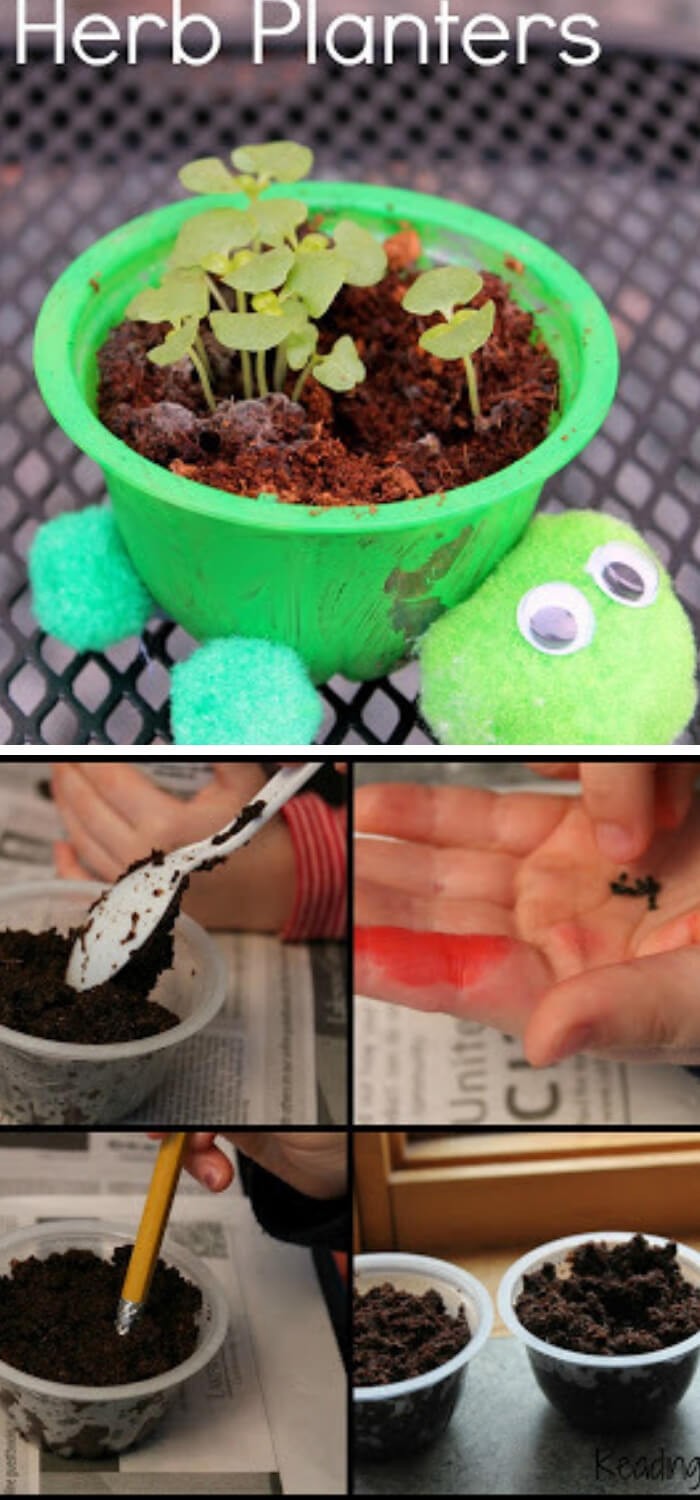
#6. Quirky eco planters
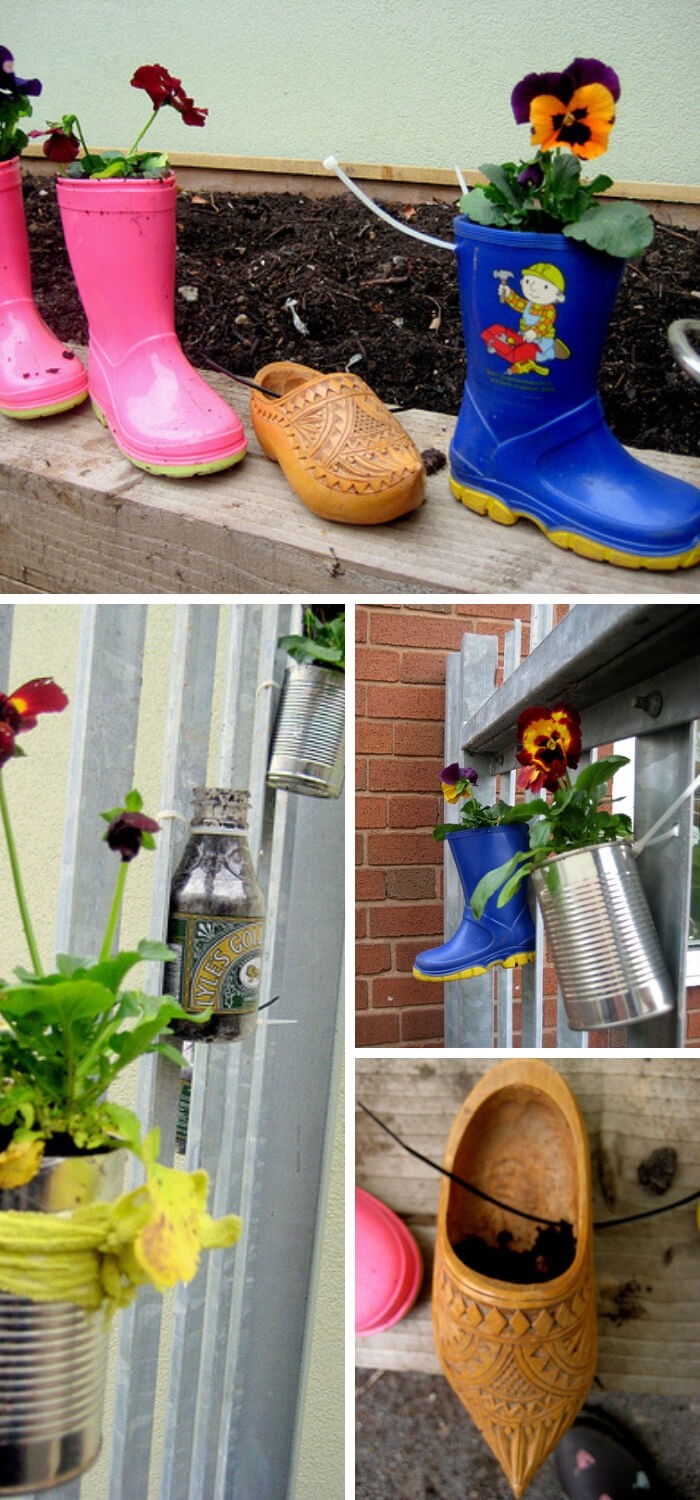
#7. Pint-Size Gardens for Pint-Size Gardeners
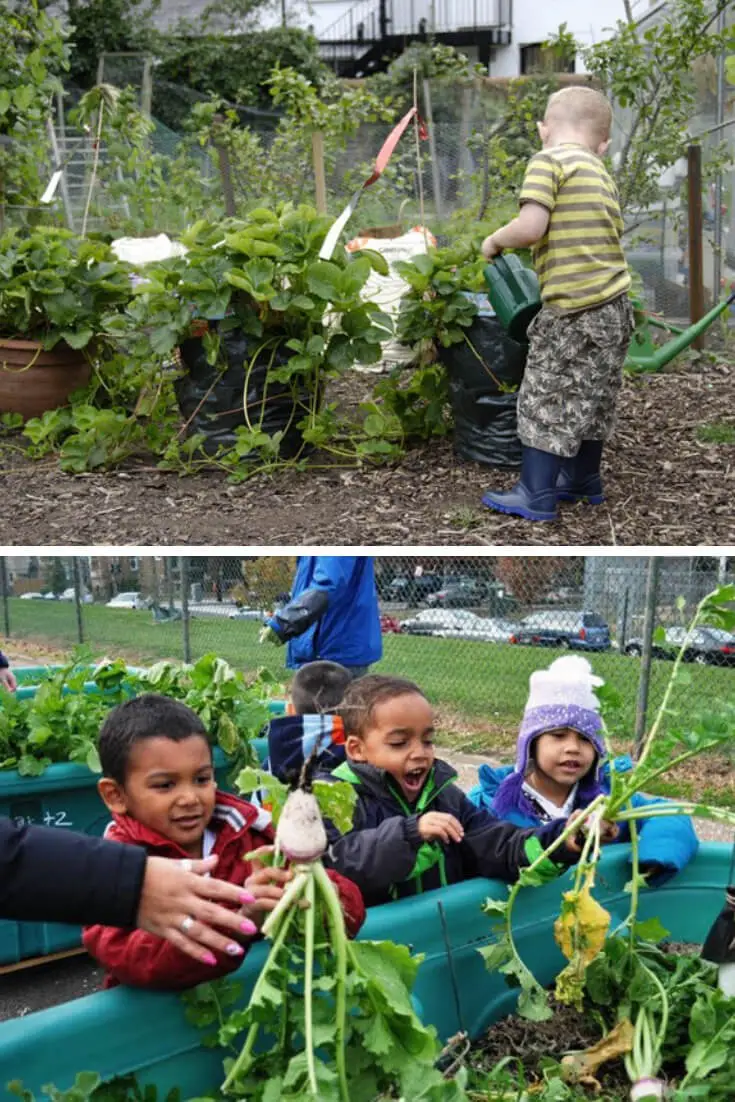
#8. Toy Truck
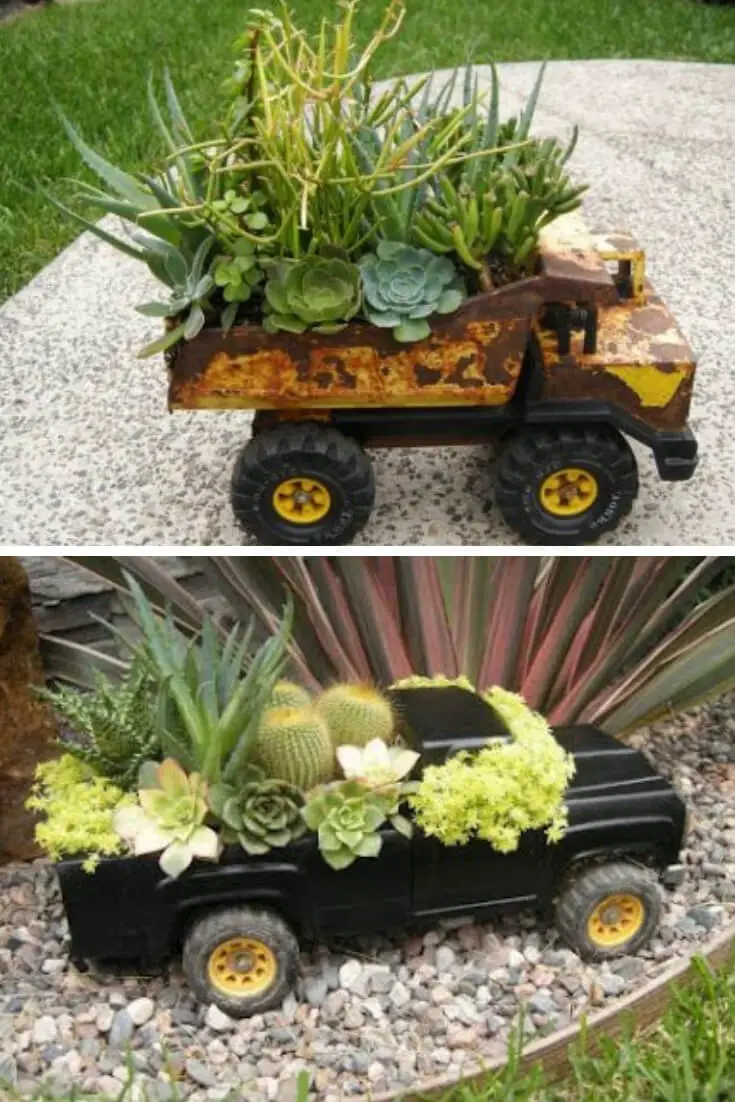
For creative inspiration, I drew from two wonderful sources: junkmarketstyle and homeartswithangela. These talented individuals have a knack for turning everyday items into unique works of art, and their projects often feature clever repurposing and upcycling techniques. By exploring their websites and social media platforms, I discovered a wealth of creative ideas that sparked my own imagination and encouraged me to think outside the box.
#9. Garden Boots
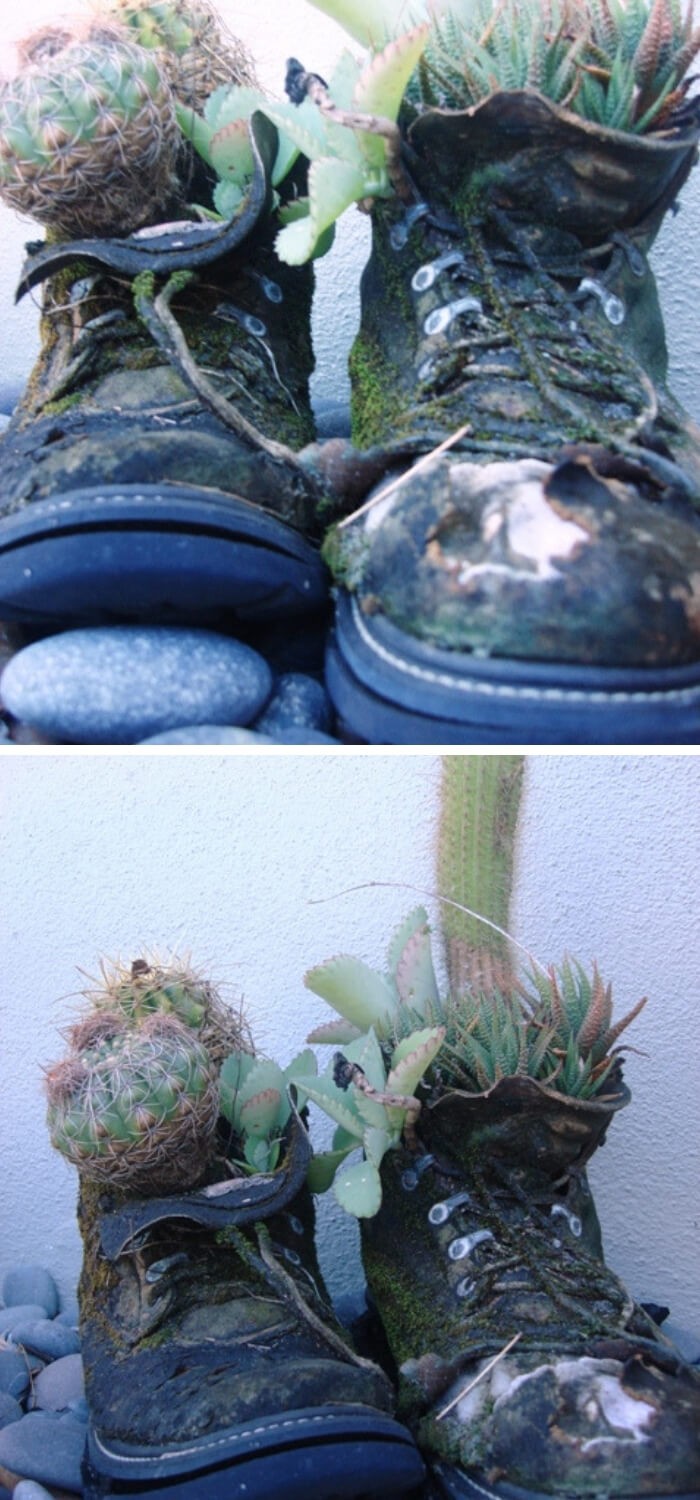
#10. DIY Milk Jug Planter
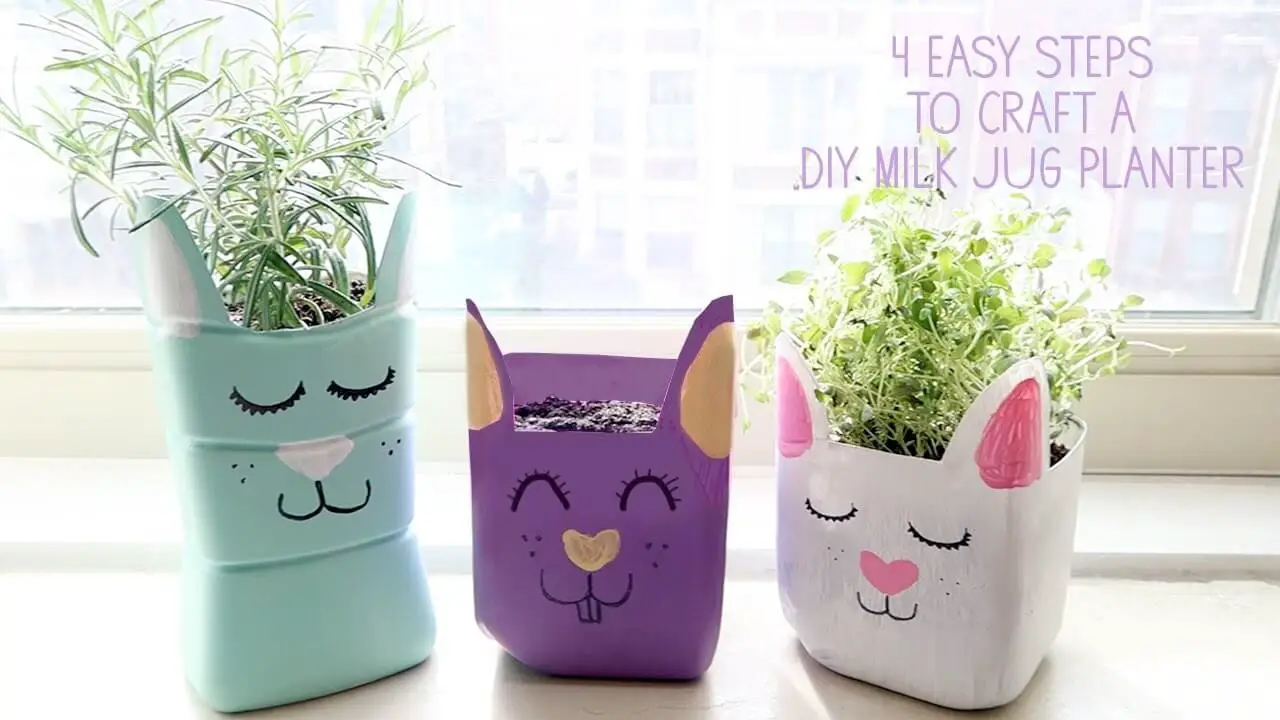
Related Posts
When embarking on a venture, selecting the right equipment for your farm business is crucial. On the other hand, safeguarding your home requires a different approach – installing a fence can be a vital step in ensuring its security. Furthermore, understanding gratuity etiquette when hiring driveway sealers can save you from potential misunderstandings.
Meanwhile, professionals with a passion for the outdoors may find themselves drawn to careers as landscape architects or designers, while those with an artistic eye might consider becoming garden photographers. For each of these paths, mastering the skills and knowledge required is essential for achieving success.

